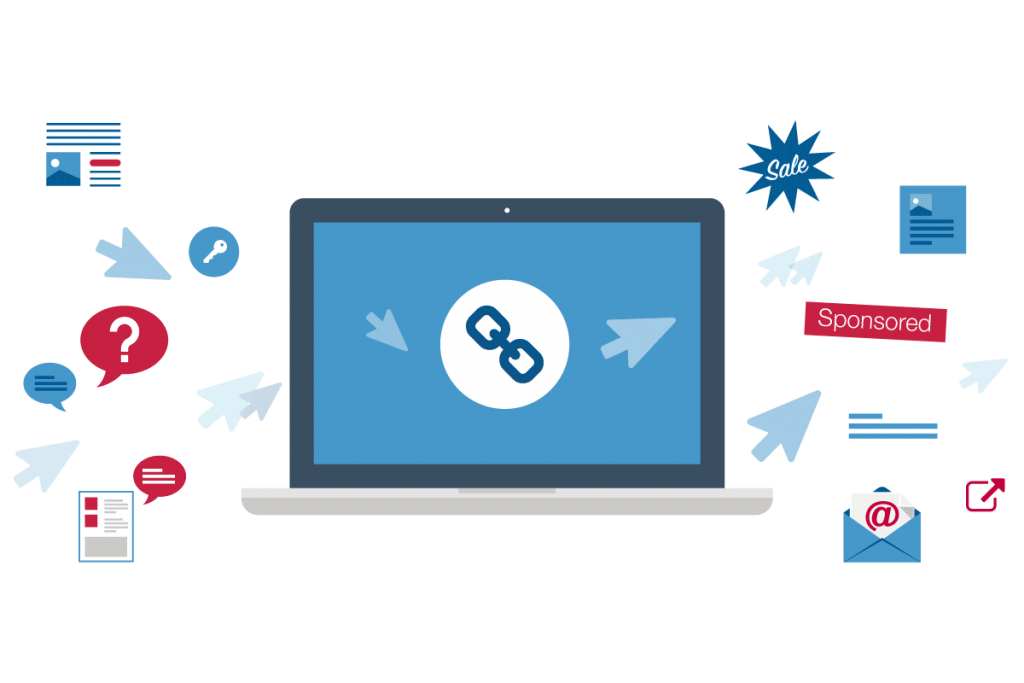
Linkbuilding strategy
Link building is the initial step for website promotion in the field of internet marketing. At first it may seem that this is just a collection of links and placement on the most appropriate content. But it is not quite so. Linkbuilding is a creative process in which a specialist needs to analyze a large amount of content and choose the most relevant and appropriate sites. All this is done to increase sales, number of clients, building the image of the resource promoted, to ensure its recognition in the Internet environment.
Strategies and platforms
Buying links is not building them. For example, buying a house is much faster than building it, but not the fact that it will meet all your requirements. The same situation is in SEO. Now you can quickly and easily buy links to one of the exchanges, but such promotion is not always guaranteed the result, in addition, it can lead to sanctions from search engines. The main requirement for the reference mass is its naturalness and trust.
- Forums. registration of accounts, their development, writing neutral comments, if you have a quality account – placing links in the context of relevant topics.
- Catalogues. search for popular catalogues, register by filling the form on the site / contact the moderator.
- Blogs. find the appropriate resource / article, write a quality comment / review, which include a link.
- Guest blogging. Find relevant sites with similar themes, write an extensive, quality post.
- Article sites. find a thematic site, agree on the placement of a unique article.
- Services Q/A. find a question appropriate to the topic, leave a quality review (not spam).
- Sites-satellites. create a small site that helps search engine promotion of the main branded site
- Content without a link. find articles/pictures of the customer, used on other sites. Contact a representative of the resource and suggest placing a link to the content.
- Remove broken links. find sites that have incorrect URLs in their links to our resource.
- Check incoming links that lead to 404 pages.

Types of links and references
External links required to promote the site, are divided by:
- Natural – when your site was mentioned in a forum, social network, blog or just a third-party site.
- Purchased – placement of which cost you a specific fee.
Purchased links are divided into: Natural – when your site was mentioned on a forum, social network, blog or simply a third-party site:
- Eternal – bought once and placed for the entire life of the resource.
- Rent – the payment for which is carried out monthly.
- Anchor – links, which include keywords.
- Besancorns – a reference that has no informative text may include the word “here”.
- Direct links – the transition is made directly to the site.
- Links via redirect – redirect you from one address to another.
- Nofollow links – includes an attribute that tells a search engine that you do not need to rank this link.
- Links – place the name of your resource in the text, without making it look like a link. Mentioning is also considered by the search engine.
Ways of account development
The ways of account development can be referred to:
- Filling a group with interesting content.
- Placement of mutual posts in thematic forums.
- Active participation in related thematic communities.
- Using buttons of social networks on your resource.
- Using social comments on your resource.
- Conducting actions and lotteries.
- The use of contextual advertising.
- Placement of advertising messages in thematic forums.
Hidden advertising
Hidden advertising also has a positive impact on brand recognition and website promotion. This can be attributed to it:
- Publication of articles and news on third-party resources.
- Product placement.
- Advertising in social networks.
- Advertising on forums.
- Advertising on blogs.
